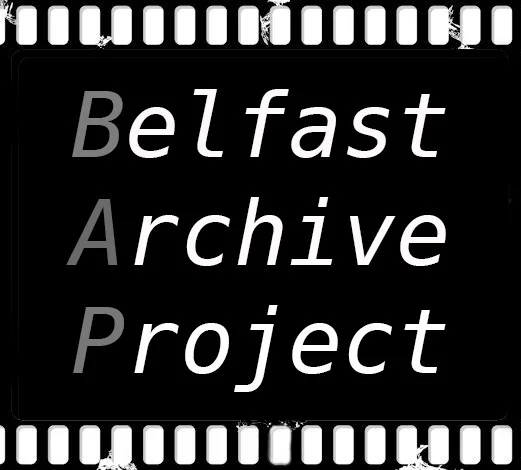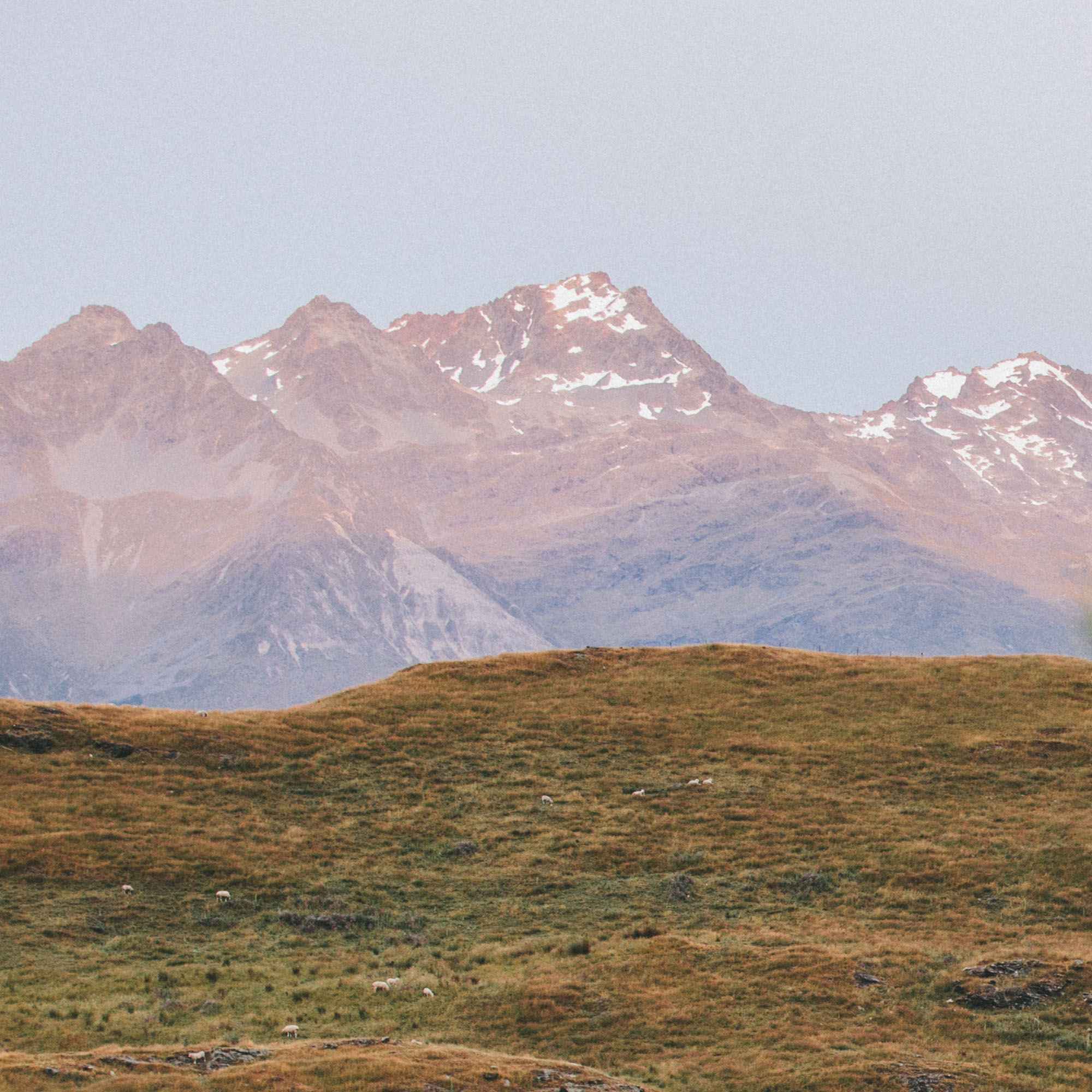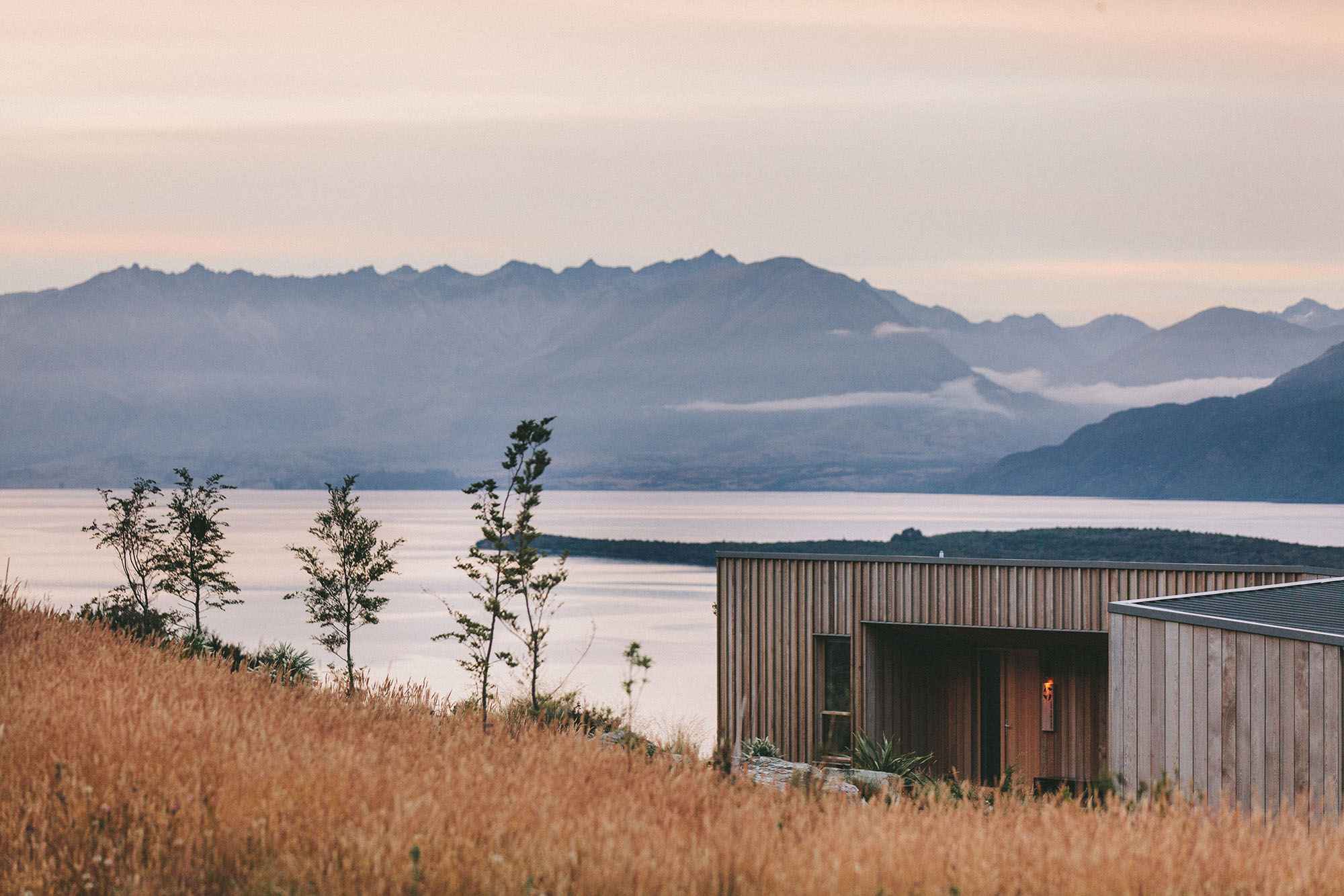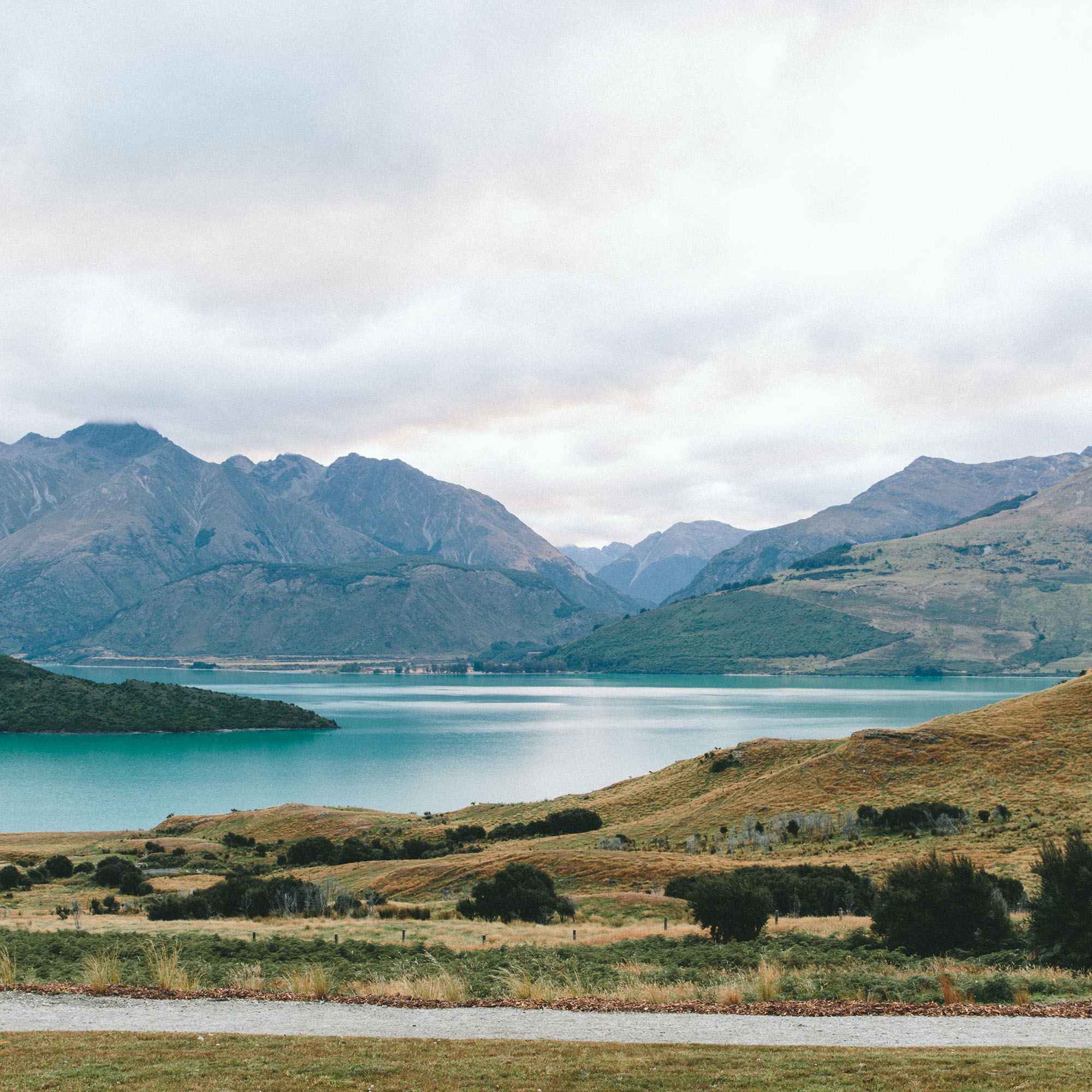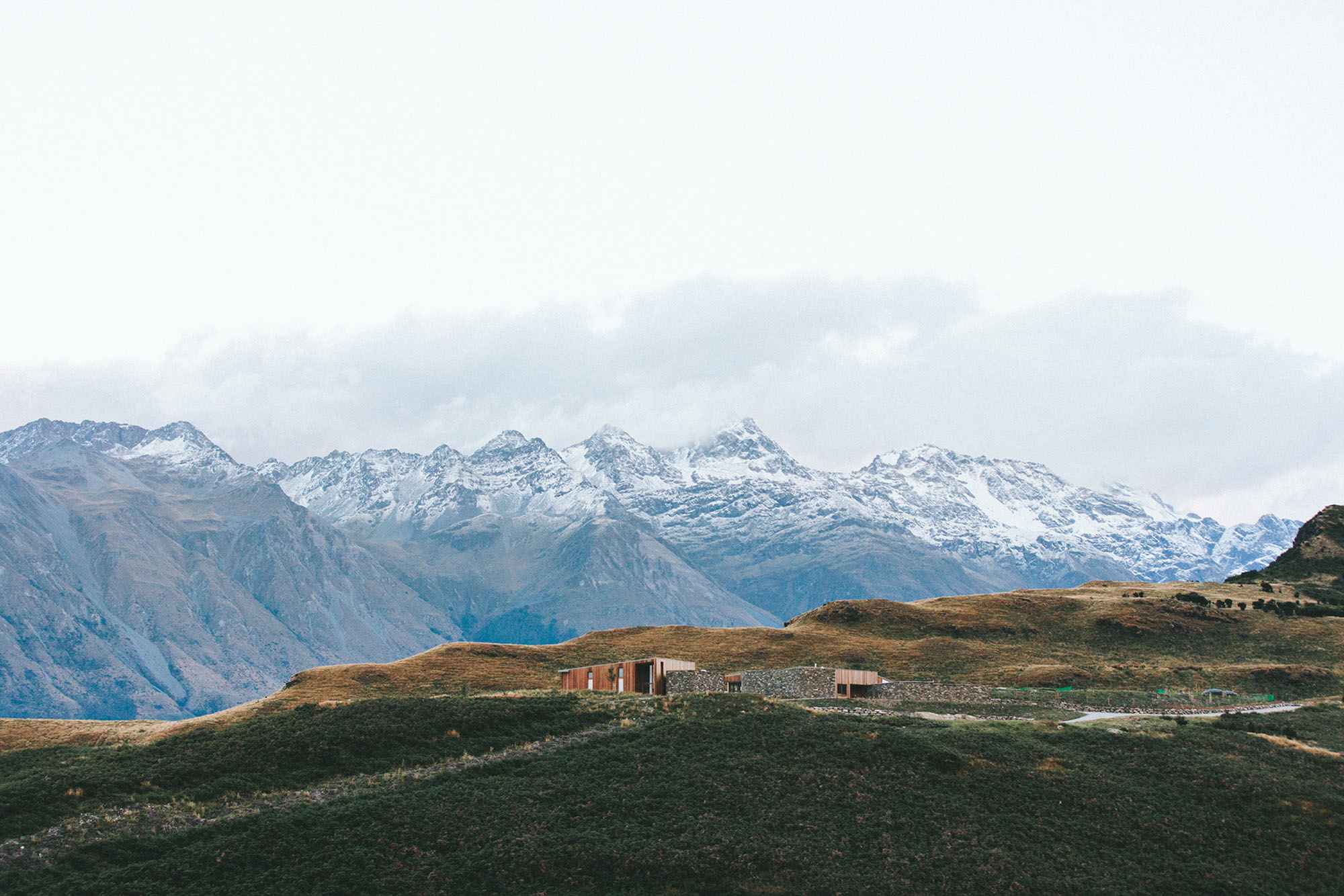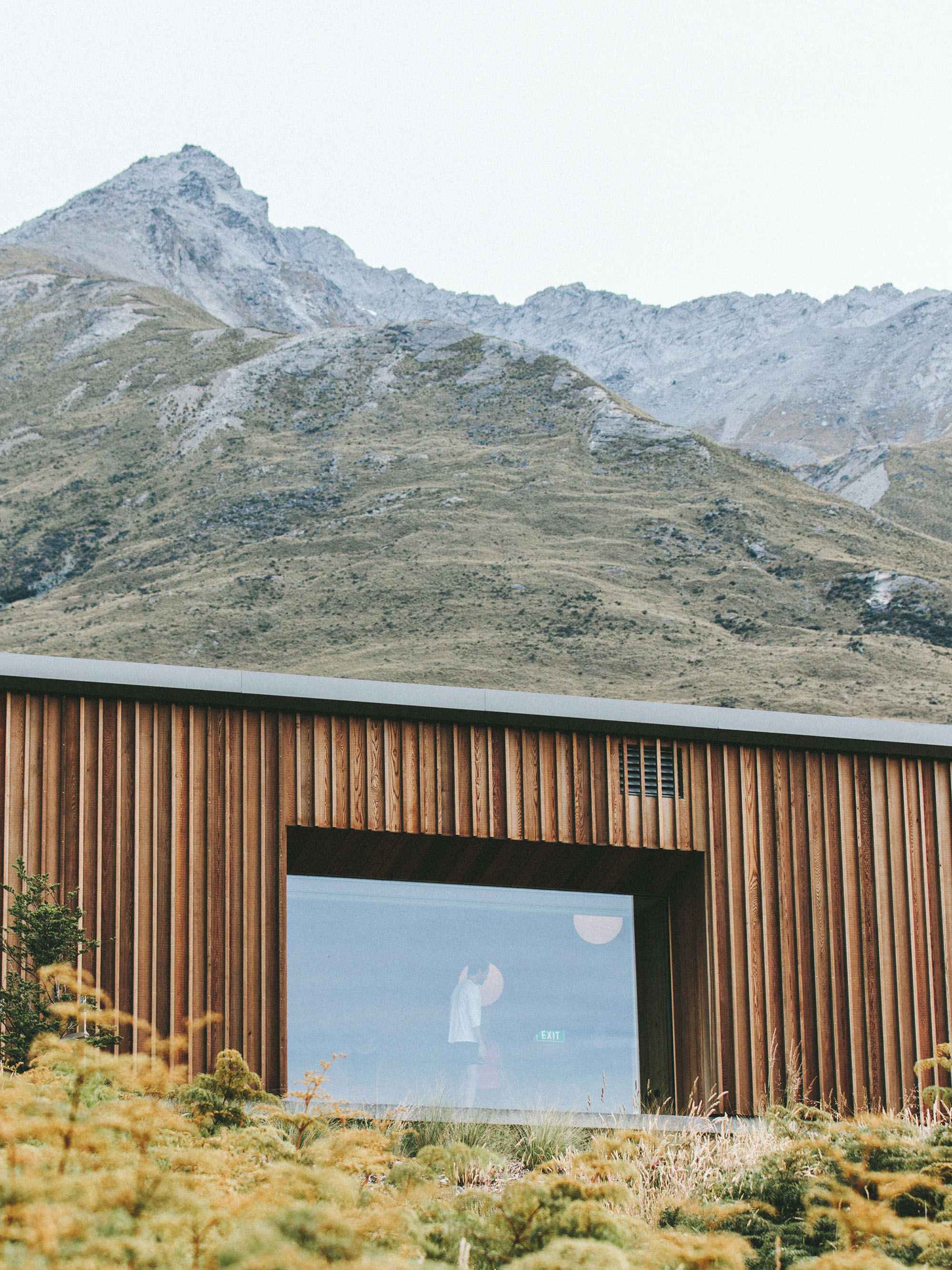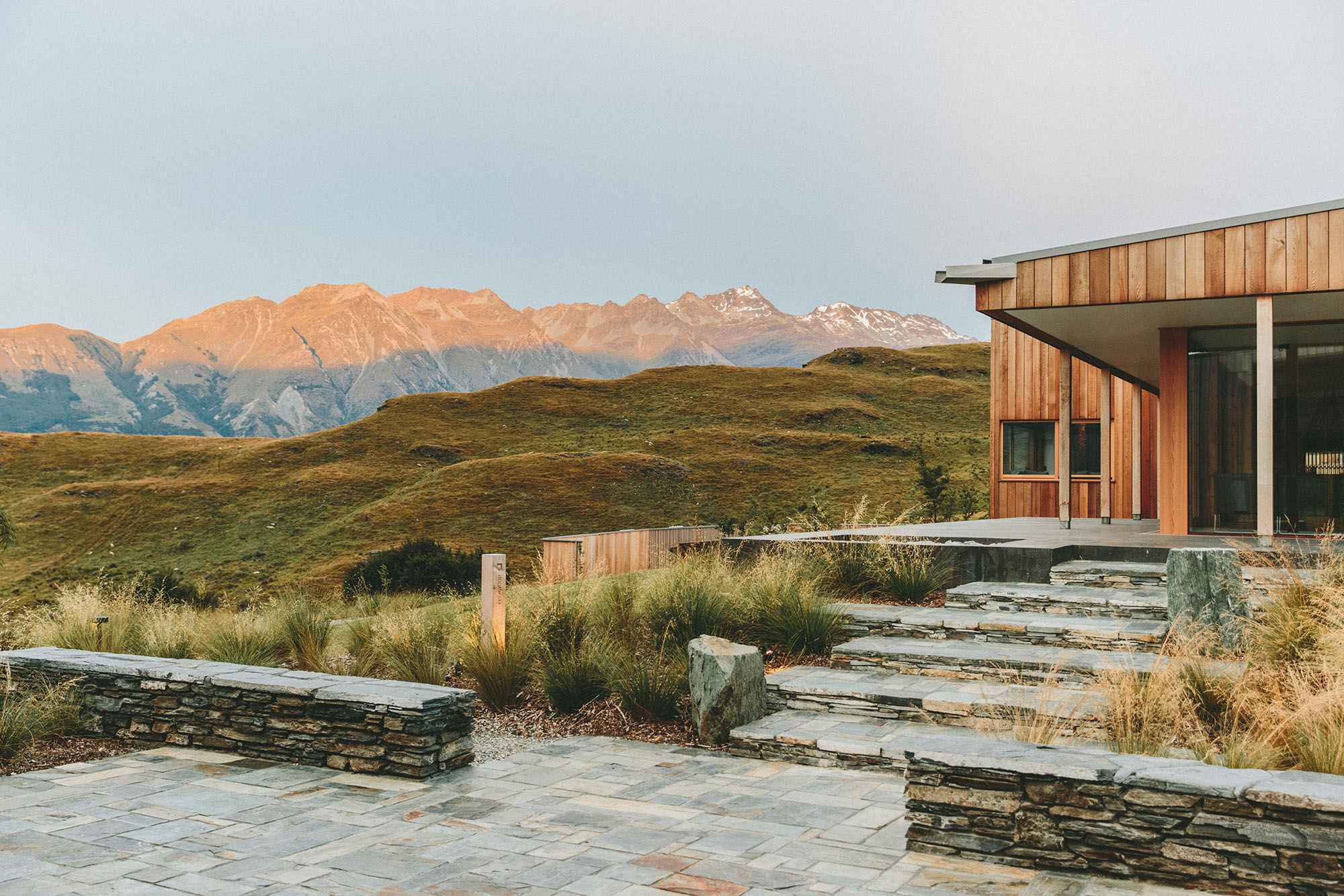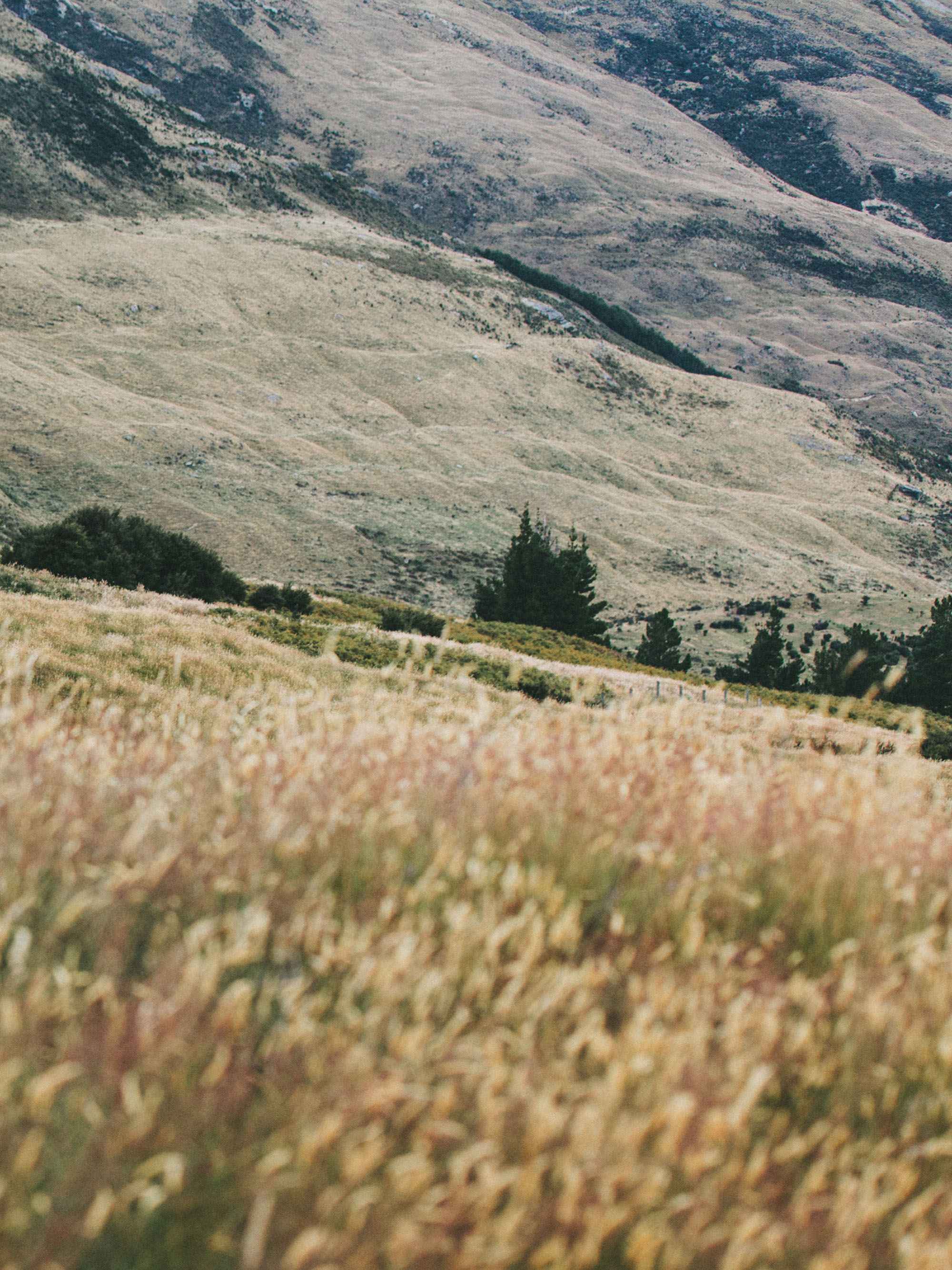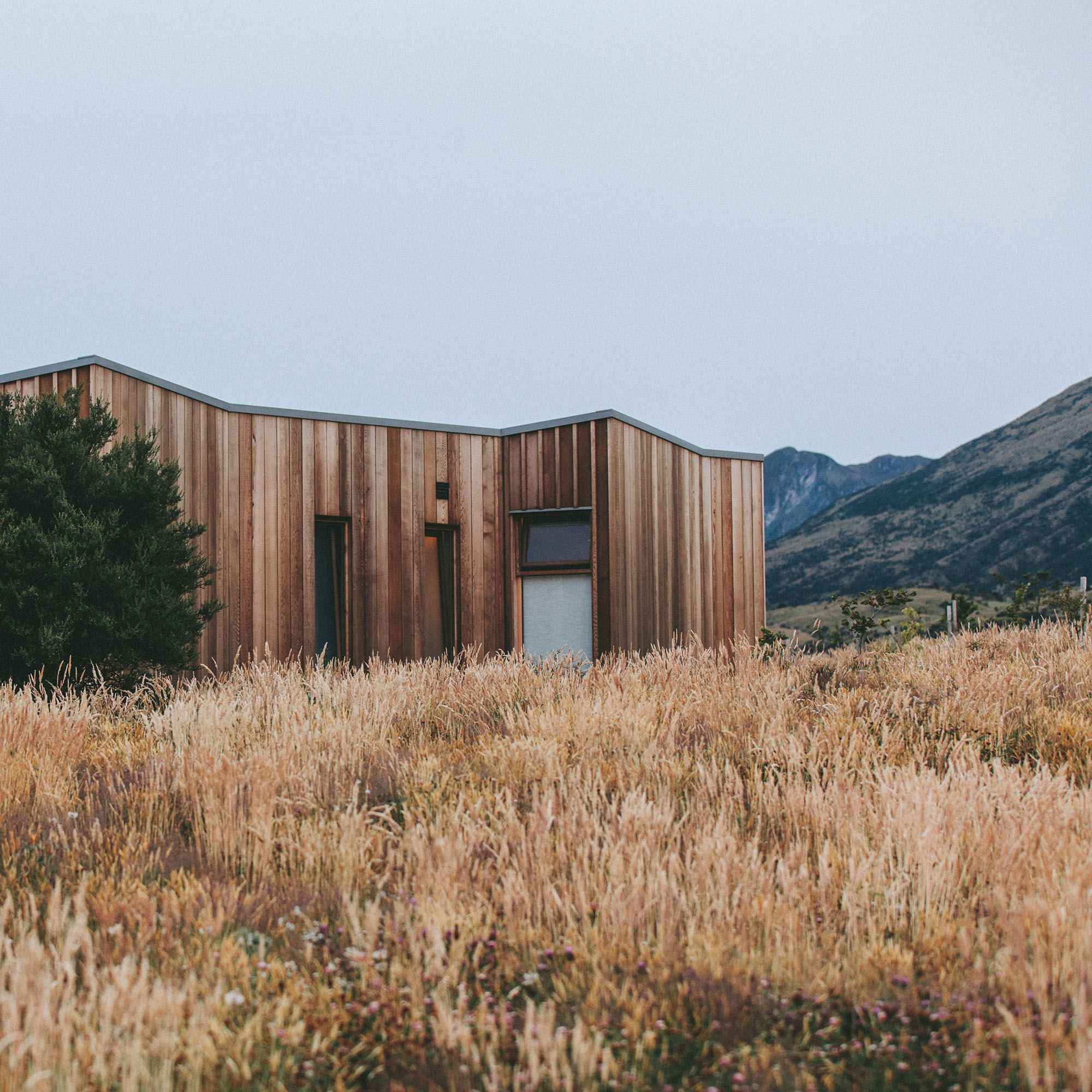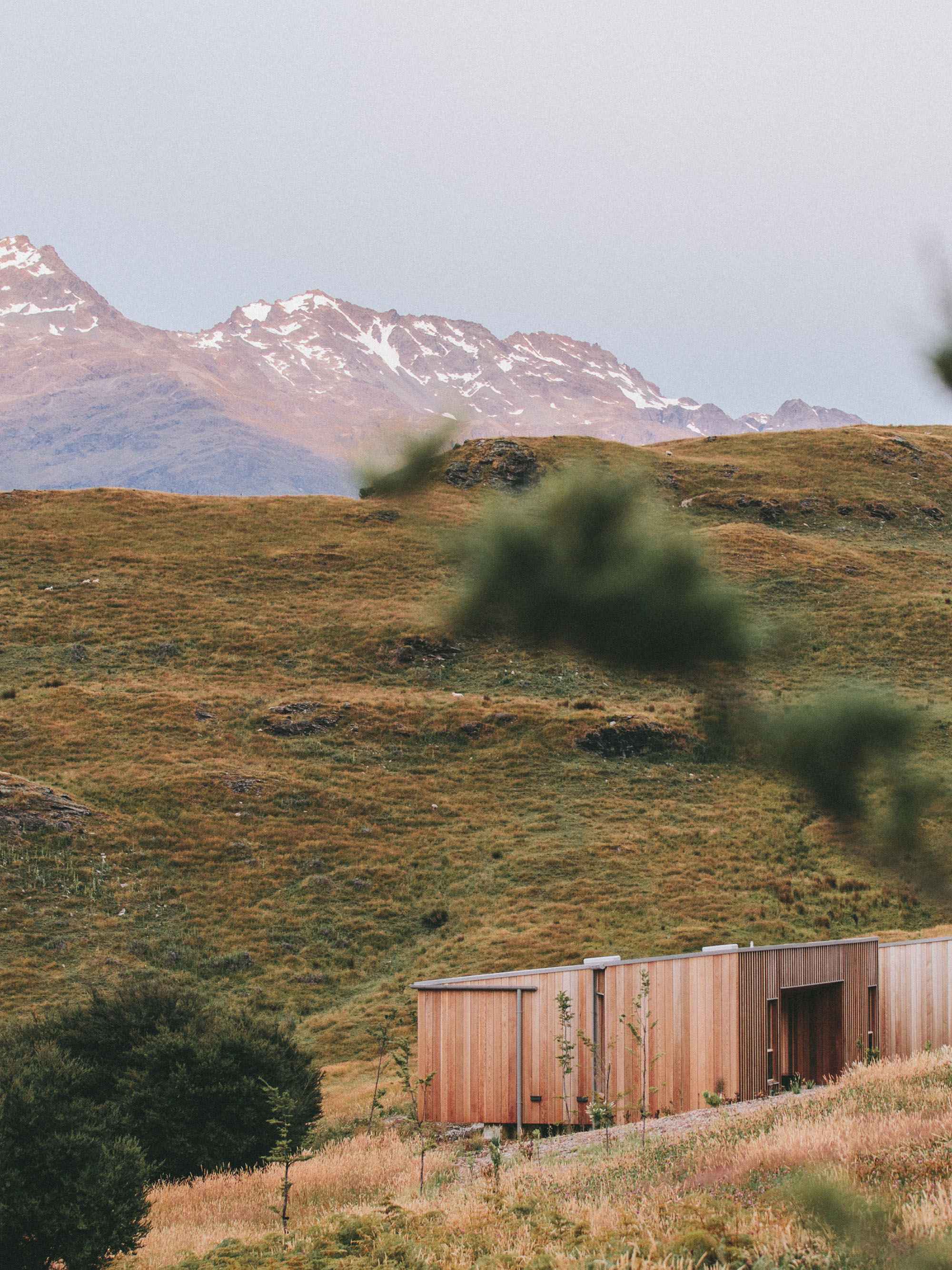Niall O'Donnaghaile
I was born the Strand. I still live there. Family goes back generations in the Short Strand. I've been elected to serve the community in the City Council. I'm currently down in the Seanad in Dublin. Still live in the same street that I grew up in. I consider myself to be kind of very proudly Short Strand. It’s a thing that you're very proud of and you want to cling to. In a Belfast context, you see yourself very much within that community identity and that community space. My family are mostly still all in the Strand like a lot of families. It's a village.
In terms of the Strand, I’d have been sort of born and growing up in a time of transition in the Strand. In terms of the old terrace streets going. I suppose my early memories of when I was then brought home to one of the new houses - though they’re not so new now, they're up over thirty odd years. A lot of my memories of the Strand are playing in building sites and playing in vacant streets and houses. Chemical Street - memories of the outside toilet - and up in Beechfield street. You had this strange transformation in the area very quickly in the space of a few short years. Growing up, what seemed like one minute you had an old street demolished, houses being built and then all of a sudden you had new streets. You had family's moved in. In some ways when the streets were being built, it nearly felt more open because you were running about, climbing in and out through windows and doors. That kind of feeling of a playground for kids in the area. That's an age thing and a growing up thing. The district felt much bigger when I was a kid and you only realise now it's about 30 streets. It felt far bigger and as I say a lot of it was because of the vacant space, the big vacuous spaces. What seemed like that as a kid, the confines of your own spaces as a child. But I mean that's kind of a memory I have. Them building sites. A lot of corrugated sheeting. And a lot of that luminous orange, plastic chicken wire. I have memories playing with it and tearing it down. It blowing up the street. I have loads of memories of that.
We used to get the bus to school because we went out of the district to school up the Shaw's Road. We used to get the bus at the bottom of Thompson Street. Between my Aunt Kathleen lived in Perry Court then which was a kind of new development and then you had an absolutely cheek by jowl with the ould Thompson Street. Those streets starting to go. Even though you didn’t understand it or appreciate, but you had a real immediate lovely new house, new development. Good, quality houses cause as I said people campaigned and fought hard to get them.
You had this for a long time in the district, this real sense of old and new. Now what you have, I suppose there's a lot of kids who would grow up now and look at Mountforde and look at Clandeboye and see them as old houses. When you look at the barracks site and you look at the old convent and the development there. The big thing for us now is there's very little vacant space now. Very little space in which you could build houses or anything. That leads into the other conversation around Sirocco and the Translink Depot and how you utilise it. I remember sometimes thinking about the barracks after we tore them down, and this would be a bit controversial, but I remember sometimes for like thirty seconds, “should we have kept that building? should we have fought to kept that building?” You know, and maybe done something with that building. I suppose that vs. the history of the place, the notoriety of the place, the hatred towards it, understandably, and also the very real demand for housing. So you had the opportunity to replace something very negative with something very positive and necessary in the area.
I think what happened too as well thinking back on it, I think what we done too over the years is probably to conflate the big oppressive nature of it with the actual old historic building in behind it. For an awful long time we didn't actually see that building. You couldn't see it because of the kind of conflict mechanics and tools and everything that was there. So but look, there's nobody going to tell those families in them houses that we made the wrong choice. There's very few opportunities to sustain or preserve cause the only thing left now is in and around the chapel. The schools are gone. Even the barracks is gone. Streets are gone. So there's very little of that old Belfast heritage left in the area so I think even for ourselves there's a challenge there in that as a community identifying how we properly and beneficially preserve that but also build for the future as well.
On the peace walls
I don't know if there's a Eureka moment with the walls. I don't know. In many ways the walls were just the backdrop. They were just there. I suppose it was things that came about as a result of the walls. Remember thinking one time, do you remember at the bottom of the Mountpottinger Rd at Strand Walk on the twelfth and over the summer the Brits would come in and build them screens, them big green screens. I remember one summer. It was probably the twelfth. Cause it was down at that end, The first of July would have been up at the Albert. And it was a really warm sunny evening and I was out playing, on my bike as usual. I remember my granny and me sitting in the back and my granny's on the bench. Just being really aware of the fact that the Brits are down there building what looks like a big wall. I remember going in and kind of asking what's the craic and obviously people gravitated down towards it. I suppose the more I became politicised the more interested in the history of the area and more interested in Irish history and political history you start to question those things. I don't think I had a moment growing up where I said “there's a big wall” that's stopping us from going here, there or wherever. Obviously when I became involved in politics and community activism and representing the area in difficult times, of course you were fucking immersed in the problems that the walls had, and people wanting more walls. We had to go into homes with people asking for more gates. And understandably, I can completely understand the fact that somebody wanted a wall put up higher or a new gate up or a new fence.
Closing off Madrid Street
Closing off Madrid Street. I mean again I have memories of going up Templemore Avenue up Madrid Street. My granny and aunt would have got their shopping on the road whereas we all walk in the city centre mostly now. People of that age as you know walked up the road, going up to the Chemist, at Templemore Ave there at the corner of Madrid Street. It was like in 2002 when that wall went up. I have this quote going around in my head and I'm not able to attribute it and I would love to be able to attribute it. It was someone who said “I'm going to put a ring of steel around the Short Strand.” In a sense they succeeded in doing it. And that's a whole other generation who have never had that experience even of that street being open. So it's going to be even harder to talk about how you get that down.
On Developing Sirocco Site and Bus Depot
Those offer prime opportunities. But we have to get Sirocco right at the city level and we have to get it right on a local level. Apart from anything else, see even the psychology of being able to walk through that. Being able to walk through a clean, safe, open space that takes you instead of having to go away up over Bridge End and Rotterdam street past the bridge. You can see the dome of city hall from the back of Lough Lea, but to get to it. If you opened up Sirocco, put the new footbridge in, you'd be straight up Chichester street. Do something that loops from city hall, past the water front hall, past Sirocco, and then right down into Titanic, if you had the gumption to open it up. It's the only way the area can meet the need that it has. And it is the only way it can grow out and develop. Nobody is saying build a new Short Strand on the Sirocco site. That's not going to happen. But there is a clearly defined area there immediately beside it, one of Belfast's oldest communities. It has a chronic shortage of necessary infrastructure that any community needs. A lot of that is down to economic reasons, conflict related reasons. Poor planning decisions over the years, but we can address it. That's why we have to get Sirocco right. But also the Depot right. I am adamant that there is no rational, economic reason never-mind the kind of just day to day one why that Depot has to be there. There's no need for it at all. When you look at the scale of the facilities Translink have across the city, essentially what they have is a parking lot for starting up their buses in the morning. You look at the cancer diagnoses rates in the Strand and it was MacMillan who told me that the highest rates of new cancer diagnoses for the whole of Belfast East, the parliamentary constituency are in the Strand. Now that isn't the depot in isolation. The depot is a contributing factor to that, I'm certain of that. The road infrastructure too. You walk along the Short Strand at half eight in the morning and half five at night and from the bottom of the Newtownards Rd, right around the Short Strand, right up the Albertbridge, there are cars essentially stationary for a period of an hour, hour and a half. And all that is doing is pumping smoke. It's the same over in Cromac street, same at Sandy Row. These cars are just stopped and pumping smoke into them for the best part of an hour half in the morning, hour and half in the evening, everyday.
For me, one of the proposals around Sirocco, don't know if it's still on the table, was to reduce the lanes of traffic along the Short Strand. Now, I also had concerns about that because they were talking about boulevarding it and putting trees up the middle aisle and all this kind of stuff and that to me smelled like this is another wee layer of a barrier between the Short Strand and the Sirocco, so you have to be alert to things like that. But you do have to be open to these ideas. I'm in favour of reducing in the city centre the level of traffic and the level of cars because I think the cities that do that are actually healthier cities, more economically prosperous.
Future of the Area
On the one hand that's a big philosophical thing, isn't it? There's the physical development of the area, and there's obviously the cohesive element of it and the communal element of it. Like a lot of communities we face our problems and we face our social economic issues and issues around education and employment. Without being cliché, they are the issues that face every community. We are unique because of our experience and because of the different demands on the area and the different pressures on the area because of the legacy of conflict and the legacy of containment so we do kind of have different experiences and needs. Day to day it is those issues around employment, it is those issues around education and well-being. Health is such a massive issue in our community. You look at the health infrastructure. Where do we go to take a walk and get a bit of fresh air if that's just what you need? Where do you go to swim now that Maysfield closed? Where do you go to kick a ball with your kid that's not out in the middle of the road. That's our experience of working-class communities, but you kind of think in 2019 is that really what people should be done. Lets be honest twenty, thirty, forty, fifty years ago there were far less cars on the road. It's a far different environment we are living in now and kids should have the opportunity to have a bit of green space and a bit of open space.
I think the Strand has changed. Change isn't always a bad thing. The Strand is different from - you don't see anybody, any old women now walking about with headscarves pulling trolleys behind them. Change happens. Even our district now has people with different ethnic backgrounds living in it. They are living it in happily. They are bringing with it their own experiences and their own cultures and all the rest of it. Our area is so proud, it is so tight. Like any kind of area we can fall out with each other. We can rally when we need to. We'd hate to lose that. No matter who it is and no matter where they're from, if you're living in the area and you're coming to live in the Strand, whether it is a house in Vulcan street or it is at one of the new houses in the Sirocco, I'd like to think we can sustain that rallying. If we have that, we're doing ok. Other things will change. In some ways thats sad. It happens. Other change is good. If we sustain that notion of "this is our district." We'll look out for one another. When it hits the fan, we'll pull together. Whether thats a bereavement in the area, whether that's someone going through a hard time.
Other interviews
100% of every donation goes directly to programming. We deeply appreciate your support!
Social media
-
Great book launch for Michael McCann at Cultúrlann! Pick up a copy of his Burnt Out: How the Troubles Began!… https://t.co/M9GHarkXCG
-
RT @Inter_Arch: Nice to see more material on the Belfast Archive website. Includes Gerry Collins shots of Bombay St in August 1969… https://t.co/kgtGGySLiK
-
RT @Inter_Arch: Bombay St, 1969 and first (Troubles-era) barricades in #Belfast. Photos by Gerry Kelly on @ArchiveBelfast https://t.co/H4mAW2GHRX
-
Thanks Vicky! https://t.co/MhiaSys4Lr
-
Planning some great projects for the year! https://t.co/c3zz0DXaqi
-
We have come a long way since we started building the BAP two years ago. Check out this 2016 article from the Irish… https://t.co/SJF7nHksDD
